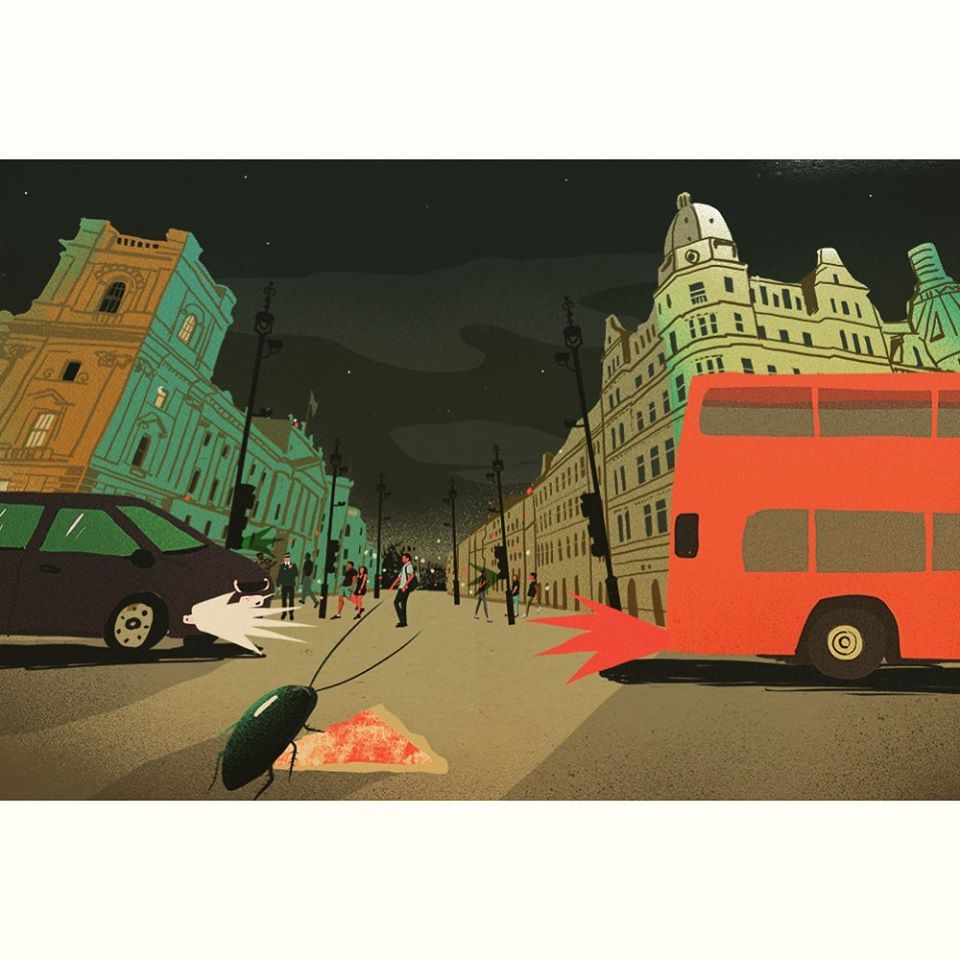Lovebirds quarreling in sweaters, a cockroach nibbling on an abandoned slice of pizza at Parliament Square. Lehel Kovács’ uniquely toned illustrations are infused with irony and humor. The works of the graphic designer (originally graduated as a window-dresser) have been published in international magazines such as The New York Times, The Economist or the Los Angeles Times in the past few years. Interview!
You were born in Transylvania, have lived in Budapest since the age of 16 and have been working as a freelance graphic designer for quite some years now. The breakthrough in your career was brought by The New York Times Magazine in 2007, when Nicholas Blechman, the art director of the magazine at the time contacted you with a job. You were asked to create an illustration for a book review written about a Hungarian novel. Could you tell us a bit more about this collaboration?
There was a review in The New York Times about György Dragomán’s book The White King, and they contacted me to create an illustration for it. I don’t think they chose me because they knew I was Hungarian, I think this was some kind of coincidence. Just like the fact that similarly to György, I was also born and raised in Romania in the ‘80s and we moved to Hungary when I was quite young. All in all, this job was a bit surreal, especially because I made it for an American paper. This was my second or third serious illustration job and I had approximately two days to do it, which also gave some extra excitement, and especially because I knew that millions will see it in a week.

How do you start designing? For example, if the Los Angeles Times contacts you with an inquiry about a 2-page illustration, what’s your first step? What technique do you use?
They send me the article for which the illustration is made in each case, and sometimes even a few guideline ideas, too. Sometimes I’m not up to date about the given topic, and so I do some reading and then sketch a few ideas. The extent of detailedness of the sketches also depends on the time I have for doing it, but the most important is for the art director (or editor) to understand the idea. If my idea is approved, I elaborate it. I work completely digitally now, in the case of inquiries I usually work on a tablet (sketch pad) and with Photoshop. In the past, I drew the lines with markers or ink and then scanned these, but as the deadlines are very strict in many cases, the digital solution facilitates my work process a lot.
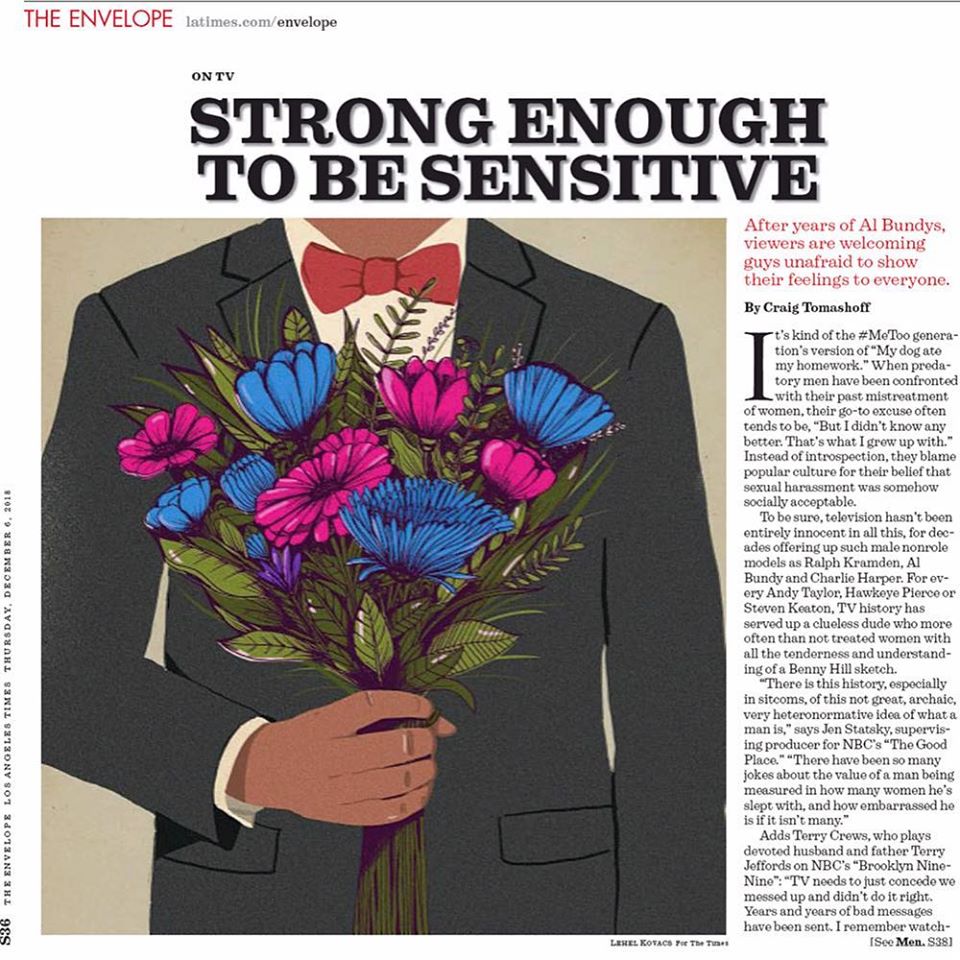

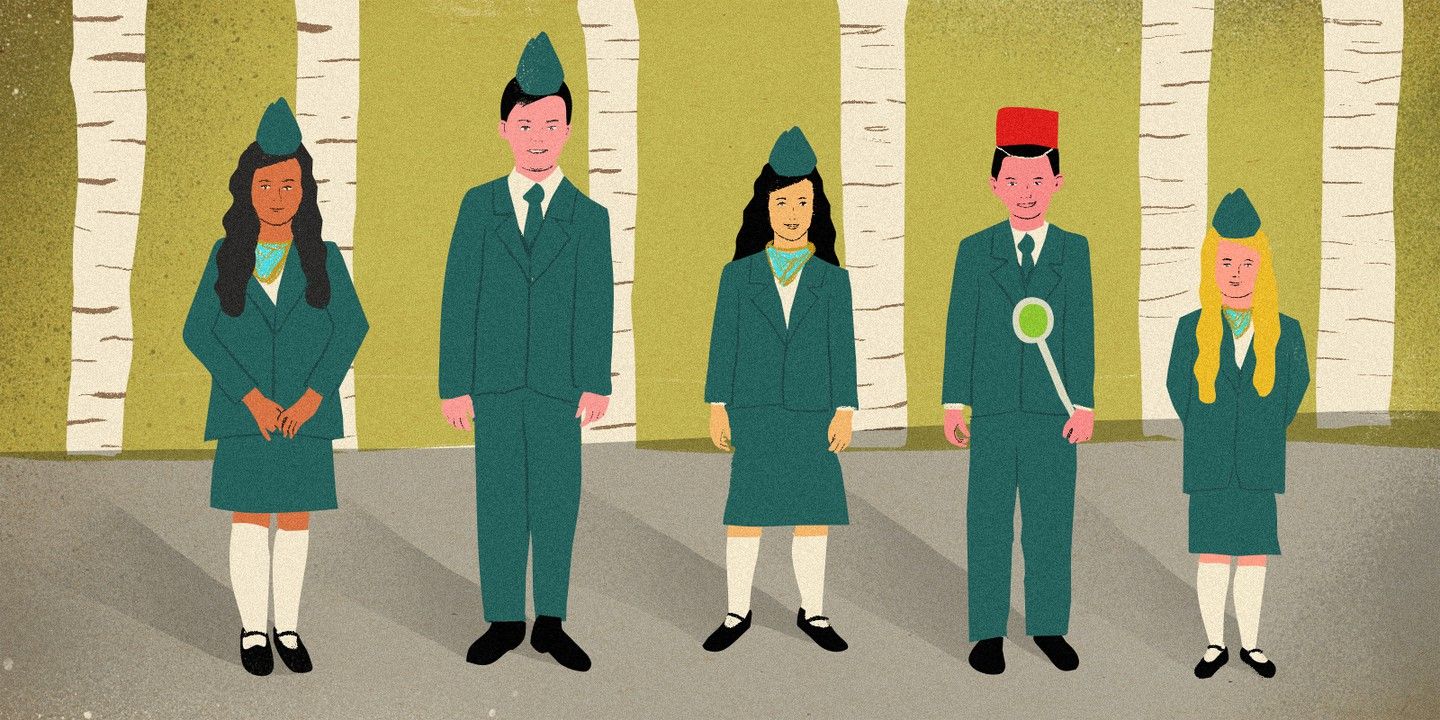
You have illustrated several foreign books, too, including the „Mindful Thoughts for…” book series, where each book is related to a different activity. And if we’re talking about books: you said in an interview in 2014 that you also created your own book and were looking for a publisher. What is there to know about this book?
I drew the locations of Around the World in 80 Days with the help of street view: going along the route depicted in the novel, so the book is a digital replica of that route. Unfortunately, I couldn’t find a publisher at the time. However, a limited collection was published last year in the form of postcards but then I put aside the project. But it’s interesting that you ask this, as it will be published this year in book form expectedly. Finally.
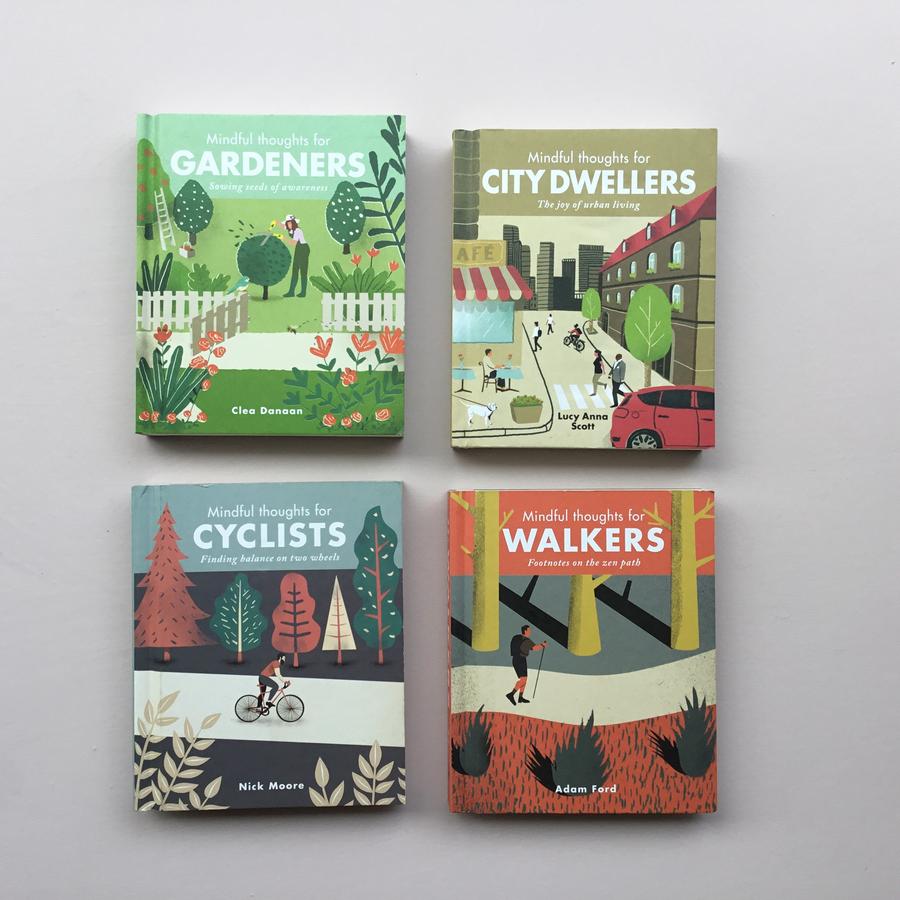
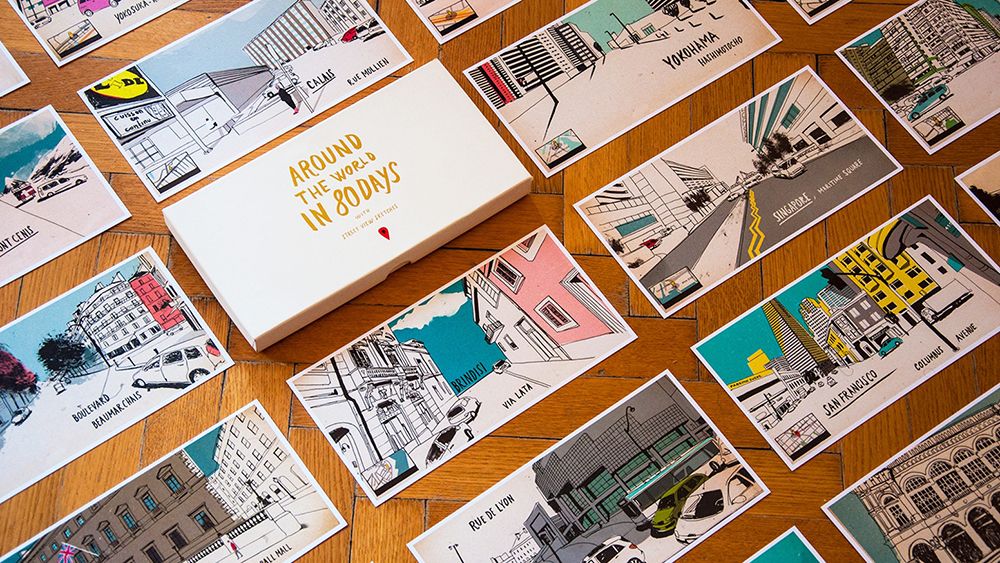
In a previous interview on NeighbourArt, you were asked which living (or dead) artist you would choose to reincarnate in. You answered: “I don’t consider myself an artist, but I would reincarnate as myself – it would be interesting to see how my life would have turned out if I had made different choices in certain situations.” Can you tell us about turning points in your life when your life could have easily taken another turn?
Although I applied several times, finally I didn’t go to any art universities and I had a hard time processing that at that time. If they accepted me, my life would have taken a completely different turn for sure.

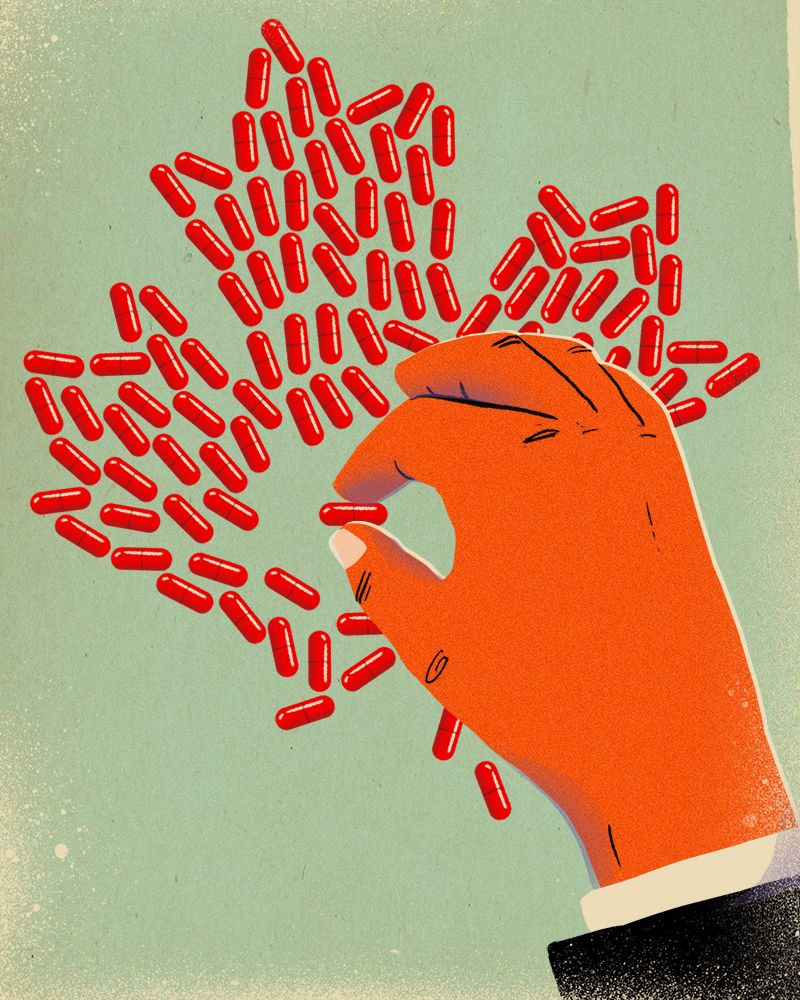
You mainly work for international clients. Did you ever consider moving abroad? In general, how difficult it is for a graphic designer like you if they want to work for foreign magazines? If my sources are correct, you have help in the form of an agent in Berlin…
To be honest, it’s easier to work for foreign magazines than it is for Hungarian ones, as domestic press (except for some rare cases) does not use illustrations at all or uses hardly any. In Hungary, the genre is rather associated with book illustration, editorial illustration that is so popular in foreign countries is not widely adopted in Hungary.
I think things are going in a positive direction, even if at a slow pace: many people work to make illustration be recognized as an independent genre (again) and not only to be considered one of the branches of graphics.
Sometimes I plan to move abroad, but this is not really necessary due to my work. The German agency has been a great help, especially at the beginning, but they still bring clients that would have a hard time finding me without them.
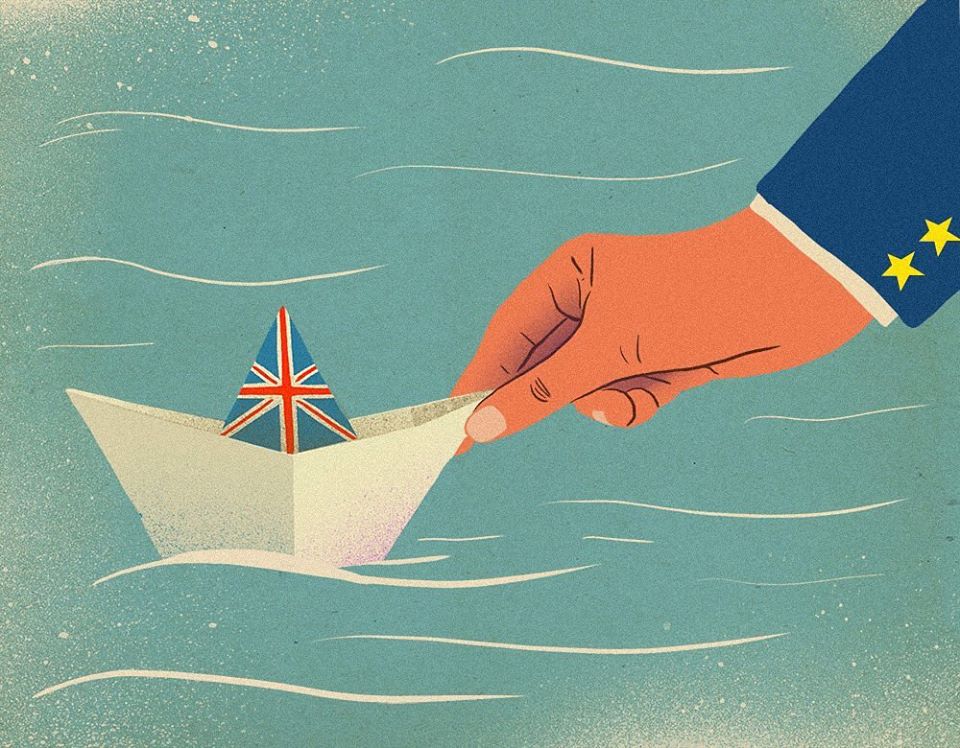
Which of your works are you the proudest of?
I don’t really look at or analyze my works once they’re done. Of course there are good and less good pieces in my portfolio. Naturally, it is always a great joy to get published in foreign papers, especially in magazines in the United States. Sometimes I wonder even today why they contacted me as there are plenty of other great illustrators, there is quite a wide selection. I am truly grateful for every publication of this kind.
If I had to mention a few, I would pick the jobs done for the Los Angeles Times, and within them, the cover publication, or the illustration created for the New Yorker, but I also like my illustration published in the Economist recently.
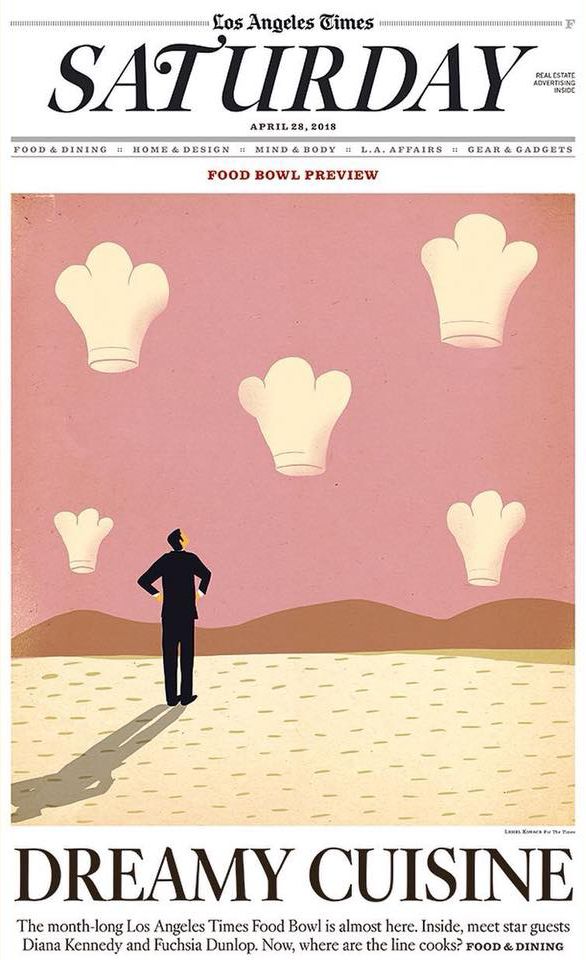
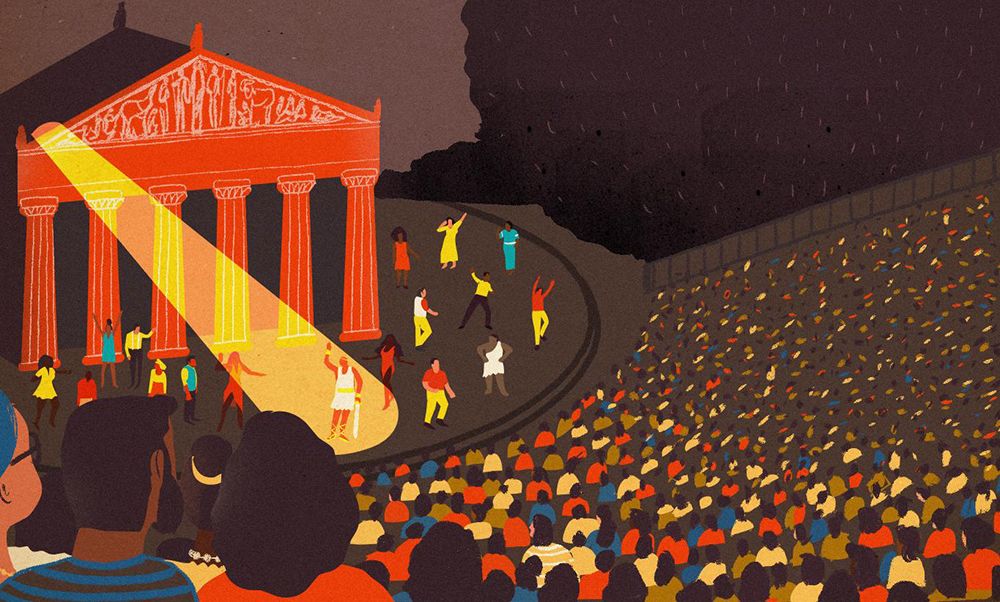
Storytelling and playfulness are always important elements of your works. You have a “fantasy icecreams” series, recalling our childhood, and one of the icecreams has made its way to the MOJO phone cases, too. When you don’t create your illustrations based on orders, what is your source of inspiration?
In the past period, I didn’t have many time to do anything else, but I started to experiment with animations in the past couple of months. My choice of topic is quite mixed, most of the time I am inspired by daily happenings.
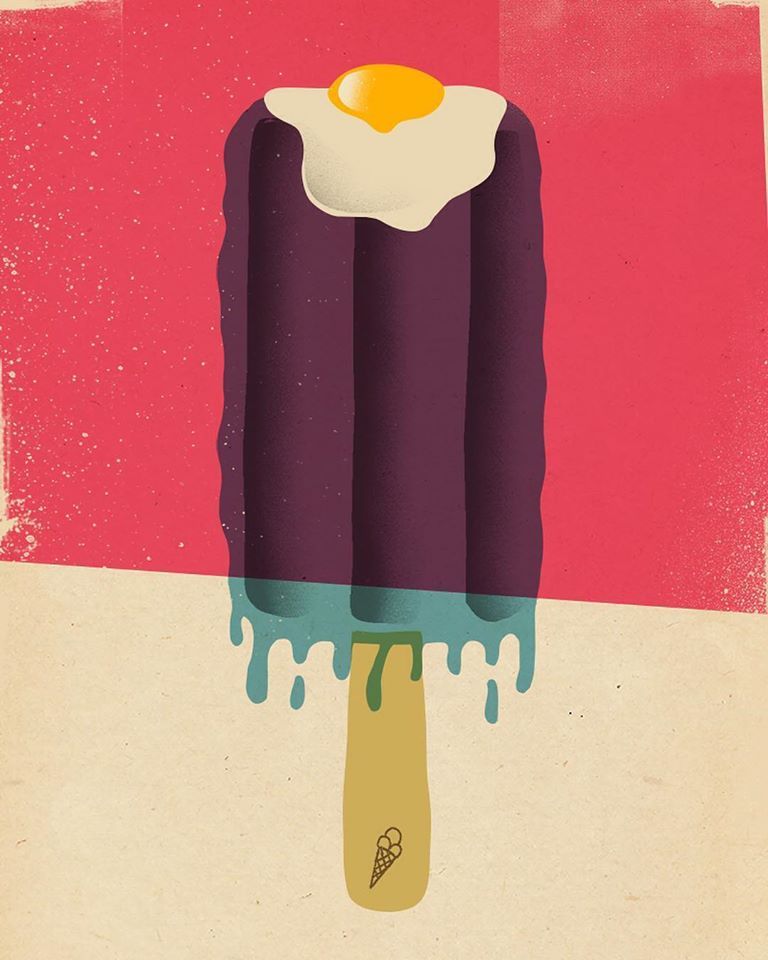
Now that you have worked for several big international magazines, what’s next? What plans do you have for the future?
Luckily there are several clients I would be happy to work for, but I didn’t have the chance so far (smiles). And of course it would be good to have some regular clients.
I would also love to try myself out on other fields, I am very much intrigued by pottery, for example, I would love to combine it with illustration. We’ll see where it goes…
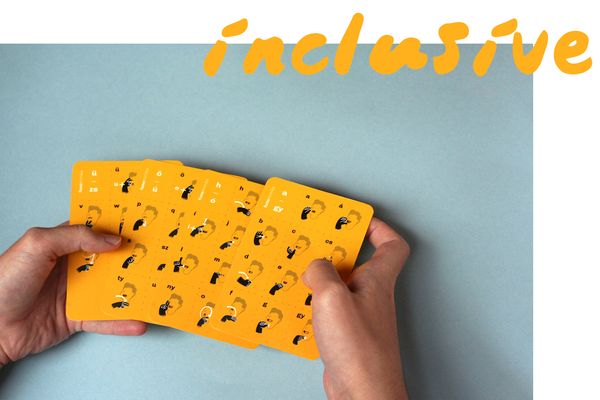
INCLUSIVE | Szignó

Relax Underground | Prague










